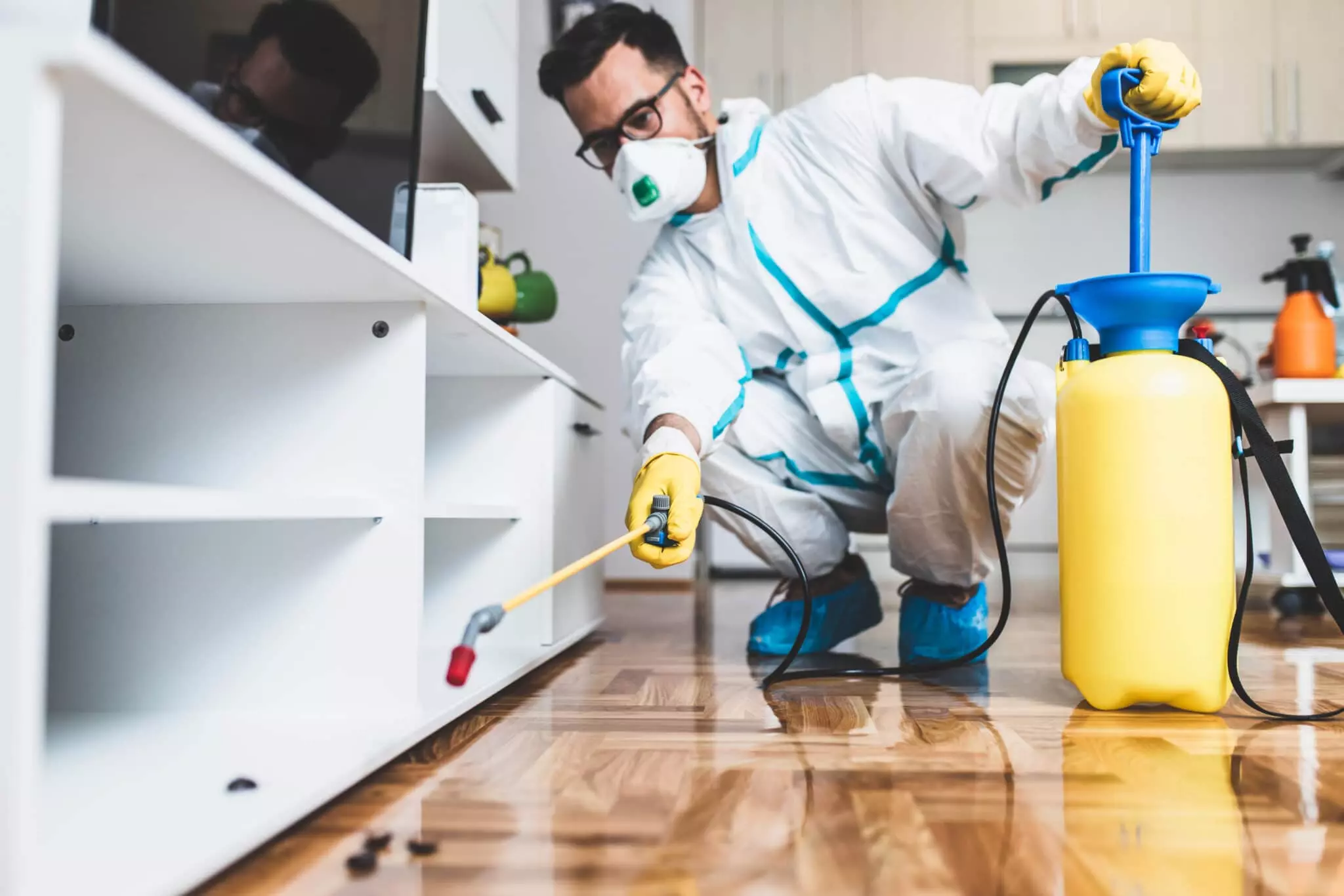Reliable A1 Bed Bug Exterminator Charlotte - Remove Bed Bugs Rapid
Reliable A1 Bed Bug Exterminator Charlotte - Remove Bed Bugs Rapid
Blog Article
Bed Insect Treatment Malfunction: Comparing Chemical Vs. Non-Chemical Solutions
In the realm of bug control, particularly when managing the persistent problem of bed insects, the option in between chemical and non-chemical therapy solutions can be an essential one. Both methods use unique advantages and disadvantages, influencing aspects such as performance, safety considerations, and total expense. By examining the nuanced details of each technique, a clearer understanding of which course to seek in addressing a bed bug invasion can be attained.
Efficiency of Chemical Therapies
Chemical treatments for bed bug invasions have been widely acknowledged for their potent and fast effectiveness in getting rid of these parasites. When considering the efficiency of chemical therapies, it is essential to understand that they can offer a detailed and fast solution to a bed insect issue. Professional pest control men usually depend on pesticides to target bed insects at numerous stages of their life cycle, consisting of adults, nymphs, and eggs. These chemicals normally work by interrupting the bed bugs' nerve system, leading to paralysis and ultimate death.
In addition, chemical treatments have the benefit of using recurring effects, suggesting that they can proceed to eliminate bed insects even after the initial application. This recurring action is specifically valuable in combating any kind of prospective re-infestations. Additionally, the fast activity of chemical therapies can bring alleviation to people facing extreme bed insect infestations, enabling them to regain control of their space swiftly.
Safety And Security Interest In Chemical Solutions
One crucial aspect that requires mindful factor to consider when using chemical solutions for bed insect therapy is ensuring the safety and security of passengers and the atmosphere. Exposure to specific chemicals utilized in bed pest treatments can lead to respiratory concerns, skin inflammation, or other negative reactions, especially in people with pre-existing conditions or level of sensitivities.
Moreover, the ecological effect of chemical solutions is another significant factor to consider. Some pesticides made use of in bed bug therapies might be harmful to valuable bugs, wild animals, and environments if they leach right into the dirt or water systems. It is crucial to utilize chemical treatments sensibly, adhering to safety guidelines, and thinking about much less harmful choices to mitigate these risks and make certain the reliable and secure monitoring of bed insect problems.
Benefits of Non-Chemical Methods
Considering the potential safety issues and environmental influence connected with chemical services for bed pest treatment, discovering non-chemical techniques presents an encouraging option with a number of distinct advantages. Non-chemical treatments are eco friendly, as they do not contribute to air or water pollution, making them a lasting option for parasite control.
Furthermore, non-chemical services can be reliable in targeting bed insects, consisting of hard-to-reach areas where chemical treatments might not permeate. Approaches such as warm therapy, vacuuming, heavy steam cleaning, and bed mattress coverings supply extensive elimination without using hazardous chemicals. In addition, non-chemical methods can be less turbulent, requiring very little prep work and allowing for quicker reentry right into treated areas. Overall, selecting non-chemical bed bug treatment approaches not only prioritizes security and environmental management but additionally makes sure reliable and thorough pest control.
Limitations of Non-Chemical Treatments

Furthermore, non-chemical treatments often need numerous applications to accomplish successful eradication. This can be taxing and might not always ensure full elimination of all bed bugs and their eggs, particularly in surprise or hard-to-reach places.
Furthermore, the success of non-chemical treatments heavily relies upon appropriate application and thoroughness, which can be testing for individuals without expert knowledge. Insufficient application of non-chemical techniques may result in insufficient elimination, leading to persistent invasions and the demand for additional therapies.
As a result, while non-chemical therapies have their benefits, it is vital to acknowledge these limitations and consider them when identifying one of the most reliable strategy for managing bed pest invasions.
Price Contrast: Chemical Vs. Non-Chemical Options
Offered the constraints linked with non-chemical treatments, a crucial facet to review in the context of bed pest monitoring is the expense contrast in between chemical and non-chemical options. Chemical treatments read this post here normally include the application of pesticides by specialists, which can vary from $250 to $900 per space, depending upon the intensity of the problem and the dimension of the location to be treated. In contrast, non-chemical therapies like heat treatment or steam can be more expensive, with prices varying from $1,000 to $6,000 for a whole home. While the first expense of chemical treatments might appear reduced, numerous treatments might be called for to completely get rid of the infestation, possibly boosting the overall expense. On the other hand, non-chemical options may give an extra environmentally friendly and sustainable option, although they can be cost-prohibitive for some individuals. Eventually, when considering the expense of bed insect treatment choices, it is essential to evaluate the upfront expenses versus the performance and long-lasting sustainability of the chosen approach.
Conclusion

Thinking about the possible safety and security issues and environmental effect linked with chemical solutions for bed pest therapy, exploring non-chemical strategies offers an appealing option with numerous unique advantages.Offered the constraints associated with non-chemical treatments, a necessary element to review in the context of bed insect monitoring is the cost contrast between chemical and non-chemical options. In contrast, non-chemical therapies like warmth therapy or vapor can be a lot more expensive, with costs ranging from $1,000 to $6,000 for a whole home. While the initial cost of chemical treatments may hop over to here seem lower, numerous treatments might be required to fully eliminate the invasion, possibly enhancing the total expense.In final thought, when comparing chemical and non-chemical bed pest treatment options, it is important to think about effectiveness, security, benefits, restrictions, and cost.
Report this page